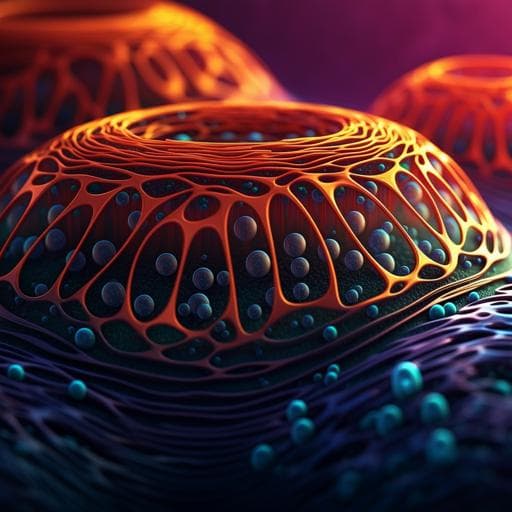
Engineering and Technology
Unprecedented mechanical wave energy absorption observed in multifunctional bioinspired architected metamaterials
Z. Li, X. Wang, et al.
This groundbreaking research conducted by Zhendong Li, Xinxin Wang, Kexin Zeng, Zichao Guo, Chong Li, Xiang Yu, Seeram Ramakrishna, Zhonggang Wang, and Yang Lu introduces innovative bioinspired metamaterials that excel in absorbing sound and stress wave energy. Utilizing a unique design inspired by cuttlebone, these materials achieve impressive acoustic absorption and mechanical performance.
Playback language: English
Related Publications
Explore these studies to deepen your understanding of the subject.







